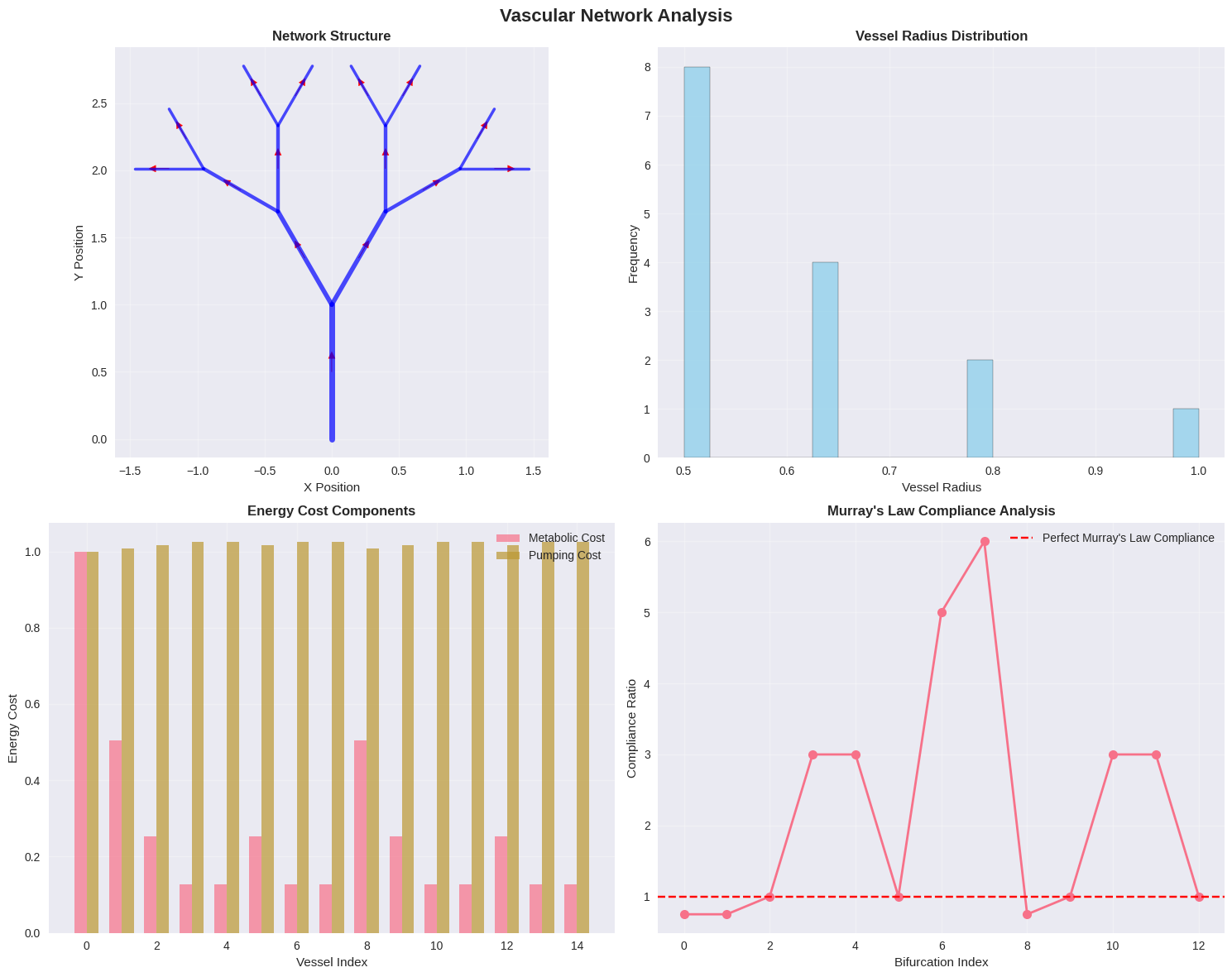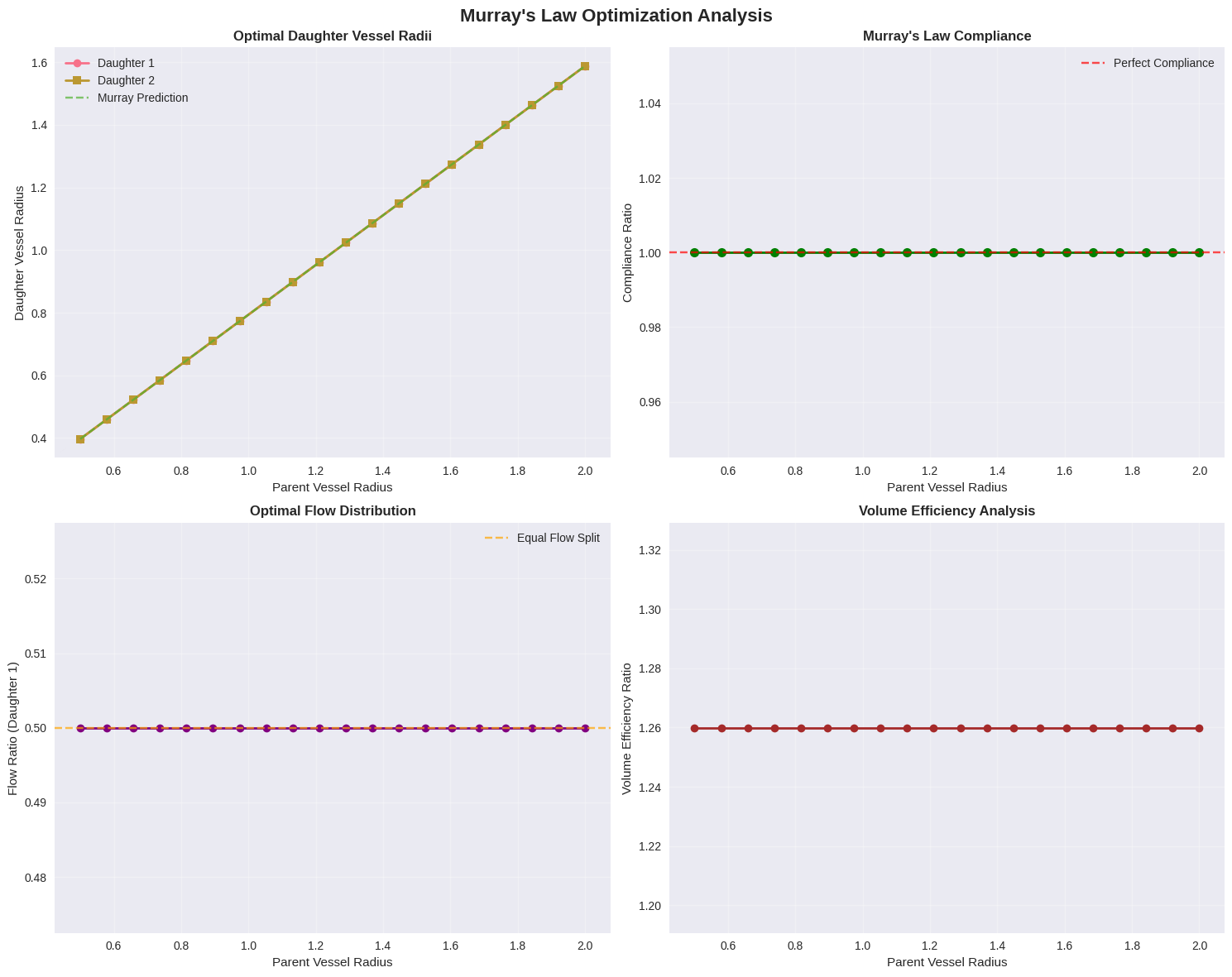1
2
3
4
5
6
7
8
9
10
11
12
13
14
15
16
17
18
19
20
21
22
23
24
25
26
27
28
29
30
31
32
33
34
35
36
37
38
39
40
41
42
43
44
45
46
47
48
49
50
51
52
53
54
55
56
57
58
59
60
61
62
63
64
65
66
67
68
69
70
71
72
73
74
75
76
77
78
79
80
81
82
83
84
85
86
87
88
89
90
91
92
93
94
95
96
97
98
99
100
101
102
103
104
105
106
107
108
109
110
111
112
113
114
115
116
117
118
119
120
121
122
123
124
125
126
127
128
129
130
131
132
133
134
135
136
137
138
139
140
141
142
143
144
145
146
147
148
149
150
151
152
153
154
155
156
157
158
159
160
161
162
163
164
165
166
167
168
169
170
171
172
173
174
175
176
177
178
179
180
181
182
183
184
185
186
187
188
189
190
191
192
193
194
195
196
197
198
199
200
201
202
203
204
205
206
207
208
209
210
211
212
213
214
215
216
217
218
219
220
221
222
223
224
225
226
227
228
229
230
231
232
233
234
235
236
237
238
239
240
241
242
243
244
245
246
247
248
249
250
251
252
253
254
255
256
257
258
259
260
261
262
263
264
265
266
267
268
269
270
271
272
273
274
275
276
277
278
279
280
281
282
283
284
285
286
287
288
289
290
291
292
293
294
295
296
297
298
299
300
301
302
303
304
305
306
307
308
309
310
311
312
313
314
315
316
317
318
319
320
321
322
323
324
325
326
327
328
329
330
331
332
333
334
335
336
337
338
339
340
341
342
343
344
345
346
347
348
349
350
351
352
353
354
355
356
357
358
359
360
361
362
363
364
| import numpy as np
import matplotlib.pyplot as plt
from scipy.optimize import minimize, differential_evolution
import networkx as nx
from matplotlib.patches import Circle
import seaborn as sns
plt.style.use('seaborn-v0_8')
sns.set_palette("husl")
class VascularNetwork:
"""
A class to model and optimize vascular networks based on Murray's Law
and energy minimization principles.
"""
def __init__(self, alpha=1.0, beta=1.0, murray_exponent=3.0):
"""
Initialize the vascular network optimizer.
Parameters:
- alpha: weight for metabolic cost (proportional to vessel volume)
- beta: weight for pumping cost (inversely related to resistance)
- murray_exponent: exponent in Murray's law (typically 3.0)
"""
self.alpha = alpha
self.beta = beta
self.n = murray_exponent
self.vessels = []
def add_vessel(self, start_point, end_point, radius, flow_rate=1.0):
"""Add a vessel segment to the network."""
length = np.linalg.norm(np.array(end_point) - np.array(start_point))
vessel = {
'start': start_point,
'end': end_point,
'radius': radius,
'length': length,
'flow_rate': flow_rate
}
self.vessels.append(vessel)
def metabolic_cost(self, vessel):
"""Calculate metabolic cost proportional to vessel volume."""
return self.alpha * vessel['radius']**2 * vessel['length']
def pumping_cost(self, vessel):
"""Calculate pumping cost based on Poiseuille's law."""
return self.beta * vessel['flow_rate'] * vessel['length'] / vessel['radius']**4
def total_energy_cost(self):
"""Calculate total energy cost of the network."""
total_cost = 0
for vessel in self.vessels:
total_cost += self.metabolic_cost(vessel) + self.pumping_cost(vessel)
return total_cost
def murray_law_violation(self, parent_radius, daughter_radii):
"""Calculate violation of Murray's law."""
expected = sum(r**self.n for r in daughter_radii)
actual = parent_radius**self.n
return abs(actual - expected) / actual
def optimize_bifurcation(parent_radius, total_flow, alpha=1.0, beta=1.0, n=3.0):
"""
Optimize a single bifurcation according to Murray's law and energy minimization.
Parameters:
- parent_radius: radius of parent vessel
- total_flow: total flow rate
- alpha, beta: energy cost weights
- n: Murray's exponent
Returns:
- Optimal daughter vessel radii and flow distribution
"""
def objective(x):
"""Objective function to minimize total energy cost."""
r1, r2, flow_ratio = x
if r1 <= 0 or r2 <= 0 or flow_ratio <= 0 or flow_ratio >= 1:
return 1e10
flow1 = flow_ratio * total_flow
flow2 = (1 - flow_ratio) * total_flow
metabolic_cost = alpha * (r1**2 + r2**2)
pumping_cost = beta * (flow1/r1**4 + flow2/r2**4)
murray_violation = abs(parent_radius**n - (r1**n + r2**n))
penalty = 1000 * murray_violation
return metabolic_cost + pumping_cost + penalty
r_guess = parent_radius / (2**(1/n))
x0 = [r_guess, r_guess, 0.5]
bounds = [(0.01, parent_radius*0.99), (0.01, parent_radius*0.99), (0.01, 0.99)]
result = minimize(objective, x0, bounds=bounds, method='L-BFGS-B')
return result.x
def create_fractal_network(generations=4, base_radius=1.0, base_flow=1.0):
"""
Create a fractal vascular network using recursive bifurcations.
"""
network = VascularNetwork()
def recursive_branch(start_point, direction, radius, flow, generation, length=1.0):
if generation <= 0:
return
end_point = (start_point[0] + direction[0] * length,
start_point[1] + direction[1] * length)
network.add_vessel(start_point, end_point, radius, flow)
if generation > 1:
r1, r2, flow_ratio = optimize_bifurcation(radius, flow)
angle1 = np.pi/6
angle2 = -np.pi/6
cos1, sin1 = np.cos(angle1), np.sin(angle1)
cos2, sin2 = np.cos(angle2), np.sin(angle2)
dir1 = (direction[0]*cos1 - direction[1]*sin1,
direction[0]*sin1 + direction[1]*cos1)
dir2 = (direction[0]*cos2 - direction[1]*sin2,
direction[0]*sin2 + direction[1]*cos2)
recursive_branch(end_point, dir1, r1, flow*flow_ratio,
generation-1, length*0.8)
recursive_branch(end_point, dir2, r2, flow*(1-flow_ratio),
generation-1, length*0.8)
recursive_branch((0, 0), (0, 1), base_radius, base_flow, generations)
return network
def analyze_murray_law():
"""Analyze Murray's law for different scenarios."""
parent_radii = np.linspace(0.5, 2.0, 20)
results = []
for parent_r in parent_radii:
r1, r2, flow_ratio = optimize_bifurcation(parent_r, 1.0)
murray_left = parent_r**3
murray_right = r1**3 + r2**3
compliance = murray_right / murray_left
results.append({
'parent_radius': parent_r,
'daughter1_radius': r1,
'daughter2_radius': r2,
'flow_ratio': flow_ratio,
'murray_compliance': compliance,
'radius_ratio': r1/parent_r,
'total_daughter_volume': np.pi * (r1**2 + r2**2),
'parent_volume': np.pi * parent_r**2
})
return results
def plot_network_visualization(network):
"""Create a comprehensive visualization of the vascular network."""
fig, ((ax1, ax2), (ax3, ax4)) = plt.subplots(2, 2, figsize=(15, 12))
fig.suptitle('Vascular Network Analysis', fontsize=16, fontweight='bold')
ax1.set_title('Network Structure', fontweight='bold')
for vessel in network.vessels:
x_coords = [vessel['start'][0], vessel['end'][0]]
y_coords = [vessel['start'][1], vessel['end'][1]]
linewidth = vessel['radius'] * 5
ax1.plot(x_coords, y_coords, 'b-', linewidth=linewidth, alpha=0.7)
mid_x = (vessel['start'][0] + vessel['end'][0]) / 2
mid_y = (vessel['start'][1] + vessel['end'][1]) / 2
dx = vessel['end'][0] - vessel['start'][0]
dy = vessel['end'][1] - vessel['start'][1]
length = np.sqrt(dx**2 + dy**2)
ax1.arrow(mid_x, mid_y, dx/length*0.1, dy/length*0.1,
head_width=0.05, head_length=0.05, fc='red', ec='red')
ax1.set_xlabel('X Position')
ax1.set_ylabel('Y Position')
ax1.grid(True, alpha=0.3)
ax1.set_aspect('equal')
ax2.set_title('Vessel Radius Distribution', fontweight='bold')
radii = [vessel['radius'] for vessel in network.vessels]
ax2.hist(radii, bins=20, alpha=0.7, color='skyblue', edgecolor='black')
ax2.set_xlabel('Vessel Radius')
ax2.set_ylabel('Frequency')
ax2.grid(True, alpha=0.3)
ax3.set_title('Energy Cost Components', fontweight='bold')
metabolic_costs = [network.metabolic_cost(vessel) for vessel in network.vessels]
pumping_costs = [network.pumping_cost(vessel) for vessel in network.vessels]
vessel_indices = range(len(network.vessels))
width = 0.35
ax3.bar([i - width/2 for i in vessel_indices], metabolic_costs,
width, label='Metabolic Cost', alpha=0.7)
ax3.bar([i + width/2 for i in vessel_indices], pumping_costs,
width, label='Pumping Cost', alpha=0.7)
ax3.set_xlabel('Vessel Index')
ax3.set_ylabel('Energy Cost')
ax3.legend()
ax3.grid(True, alpha=0.3)
ax4.set_title("Murray's Law Compliance Analysis", fontweight='bold')
compliance_data = []
for i, vessel in enumerate(network.vessels[:-2]):
parent_r = vessel['radius']
if i + 2 < len(network.vessels):
r1 = network.vessels[i+1]['radius']
r2 = network.vessels[i+2]['radius']
murray_expected = parent_r**3
murray_actual = r1**3 + r2**3
compliance = murray_actual / murray_expected if murray_expected > 0 else 0
compliance_data.append(compliance)
if compliance_data:
ax4.plot(compliance_data, 'o-', linewidth=2, markersize=8)
ax4.axhline(y=1.0, color='red', linestyle='--',
label="Perfect Murray's Law Compliance")
ax4.set_xlabel('Bifurcation Index')
ax4.set_ylabel('Compliance Ratio')
ax4.legend()
ax4.grid(True, alpha=0.3)
plt.tight_layout()
plt.show()
def plot_murray_law_analysis():
"""Plot comprehensive Murray's law analysis."""
results = analyze_murray_law()
fig, ((ax1, ax2), (ax3, ax4)) = plt.subplots(2, 2, figsize=(15, 12))
fig.suptitle("Murray's Law Optimization Analysis", fontsize=16, fontweight='bold')
parent_radii = [r['parent_radius'] for r in results]
ax1.set_title('Optimal Daughter Vessel Radii', fontweight='bold')
daughter1_radii = [r['daughter1_radius'] for r in results]
daughter2_radii = [r['daughter2_radius'] for r in results]
ax1.plot(parent_radii, daughter1_radii, 'o-', label='Daughter 1', linewidth=2)
ax1.plot(parent_radii, daughter2_radii, 's-', label='Daughter 2', linewidth=2)
ax1.plot(parent_radii, [p/2**(1/3) for p in parent_radii], '--',
label='Murray Prediction', alpha=0.7)
ax1.set_xlabel('Parent Vessel Radius')
ax1.set_ylabel('Daughter Vessel Radius')
ax1.legend()
ax1.grid(True, alpha=0.3)
ax2.set_title("Murray's Law Compliance", fontweight='bold')
compliance = [r['murray_compliance'] for r in results]
ax2.plot(parent_radii, compliance, 'o-', color='green', linewidth=2, markersize=8)
ax2.axhline(y=1.0, color='red', linestyle='--',
label='Perfect Compliance', alpha=0.7)
ax2.set_xlabel('Parent Vessel Radius')
ax2.set_ylabel('Compliance Ratio')
ax2.legend()
ax2.grid(True, alpha=0.3)
ax3.set_title('Optimal Flow Distribution', fontweight='bold')
flow_ratios = [r['flow_ratio'] for r in results]
ax3.plot(parent_radii, flow_ratios, 'o-', color='purple', linewidth=2)
ax3.axhline(y=0.5, color='orange', linestyle='--',
label='Equal Flow Split', alpha=0.7)
ax3.set_xlabel('Parent Vessel Radius')
ax3.set_ylabel('Flow Ratio (Daughter 1)')
ax3.legend()
ax3.grid(True, alpha=0.3)
ax4.set_title('Volume Efficiency Analysis', fontweight='bold')
parent_volumes = [r['parent_volume'] for r in results]
daughter_volumes = [r['total_daughter_volume'] for r in results]
efficiency = [d/p for d, p in zip(daughter_volumes, parent_volumes)]
ax4.plot(parent_radii, efficiency, 'o-', color='brown', linewidth=2)
ax4.set_xlabel('Parent Vessel Radius')
ax4.set_ylabel('Volume Efficiency Ratio')
ax4.grid(True, alpha=0.3)
plt.tight_layout()
plt.show()
return results
if __name__ == "__main__":
print("=== Vascular Network Optimization Analysis ===\n")
print("1. Creating fractal vascular network...")
network = create_fractal_network(generations=4, base_radius=1.0)
print(f" Network created with {len(network.vessels)} vessel segments")
print(f" Total energy cost: {network.total_energy_cost():.4f}")
print("\n2. Visualizing network structure and properties...")
plot_network_visualization(network)
print("\n3. Analyzing Murray's law compliance...")
murray_results = plot_murray_law_analysis()
print("\n4. Summary Statistics:")
print(f" Average Murray's law compliance: {np.mean([r['murray_compliance'] for r in murray_results]):.4f}")
print(f" Standard deviation of compliance: {np.std([r['murray_compliance'] for r in murray_results]):.4f}")
avg_radius_ratio = np.mean([r['radius_ratio'] for r in murray_results])
theoretical_ratio = 1 / (2**(1/3))
print(f" Average daughter/parent radius ratio: {avg_radius_ratio:.4f}")
print(f" Theoretical Murray's ratio: {theoretical_ratio:.4f}")
print(f" Ratio accuracy: {(1 - abs(avg_radius_ratio - theoretical_ratio)/theoretical_ratio)*100:.2f}%")
print("\n=== Analysis Complete ===")
|

